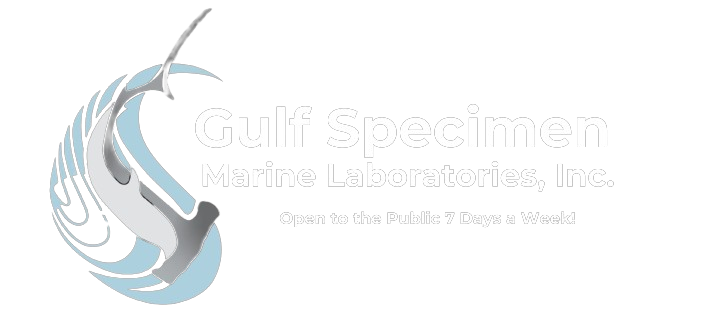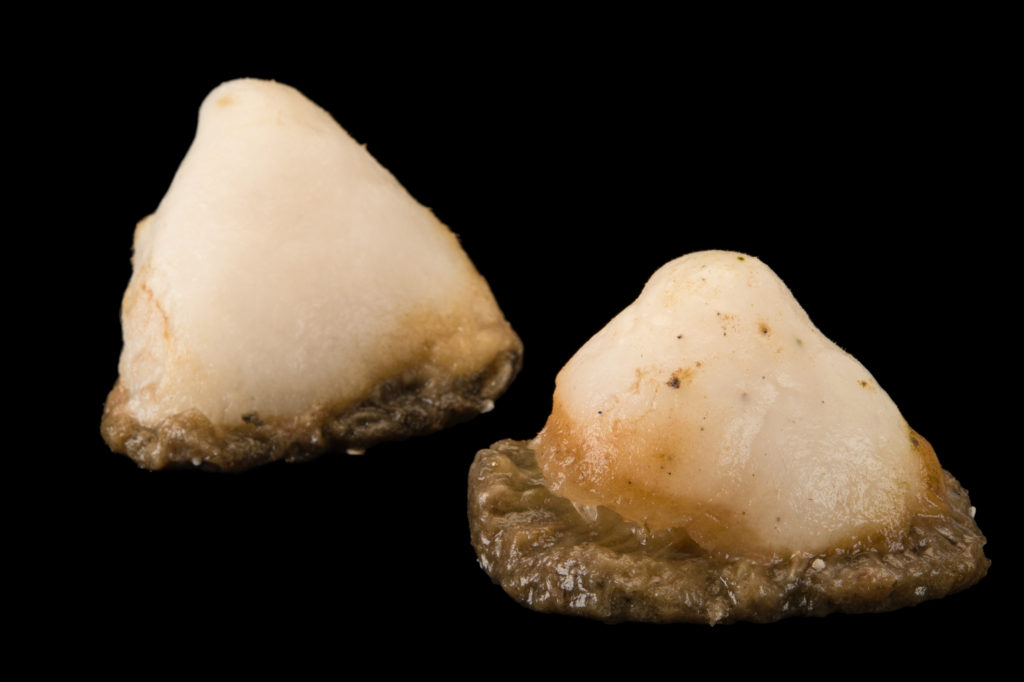Cnidaria
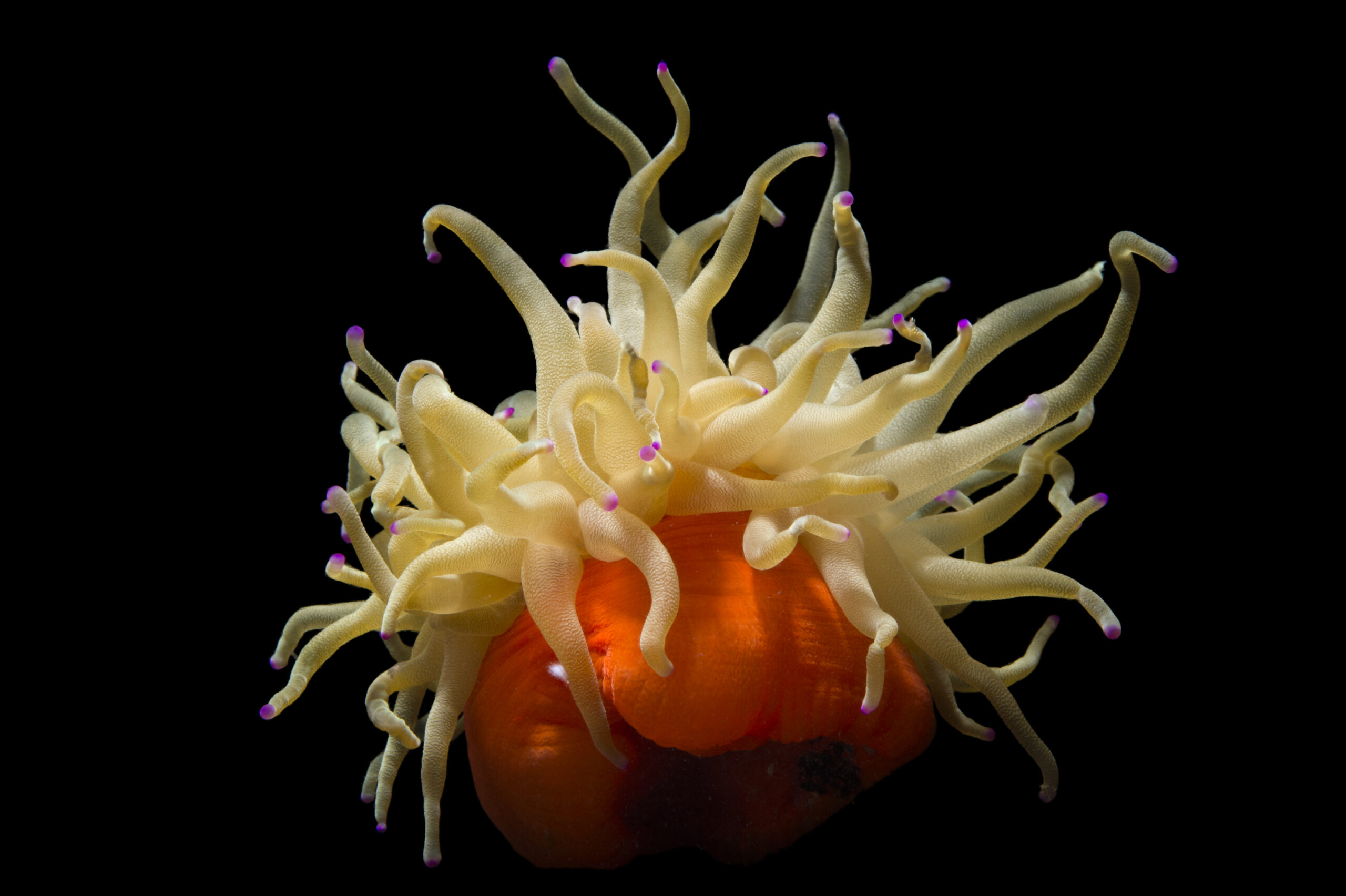
Flowers of the sea, the hydroids, anemones, corals, and jellyfish, all bearing whorls of stinging tentacles around their mouths, are stubbed with tiny stinging nematocysts. Long coiled threads of toxic proteins uncoil rapidly and stab into an unsuspecting victim delivering a severe and immobilizing sting. Most nematocysts, however, are too small to penetrate human skin. In the aquarium, fish and other mobile invertebrates seem to be aware of the danger and keep their distance. Jellyfish should not be kept in the aquarium. They and ctenophores should be kept in separate containers, such as large plastic garbage cans filled with seawater, without aeration or agitation to prolong their life. Hydroids, anemones, hard and soft corals should be fed every few days with freshly hatched brine shrimp, or clam juice pipetted directly over the polyps.
$135.00 – $270.00

$135.00 – $270.00
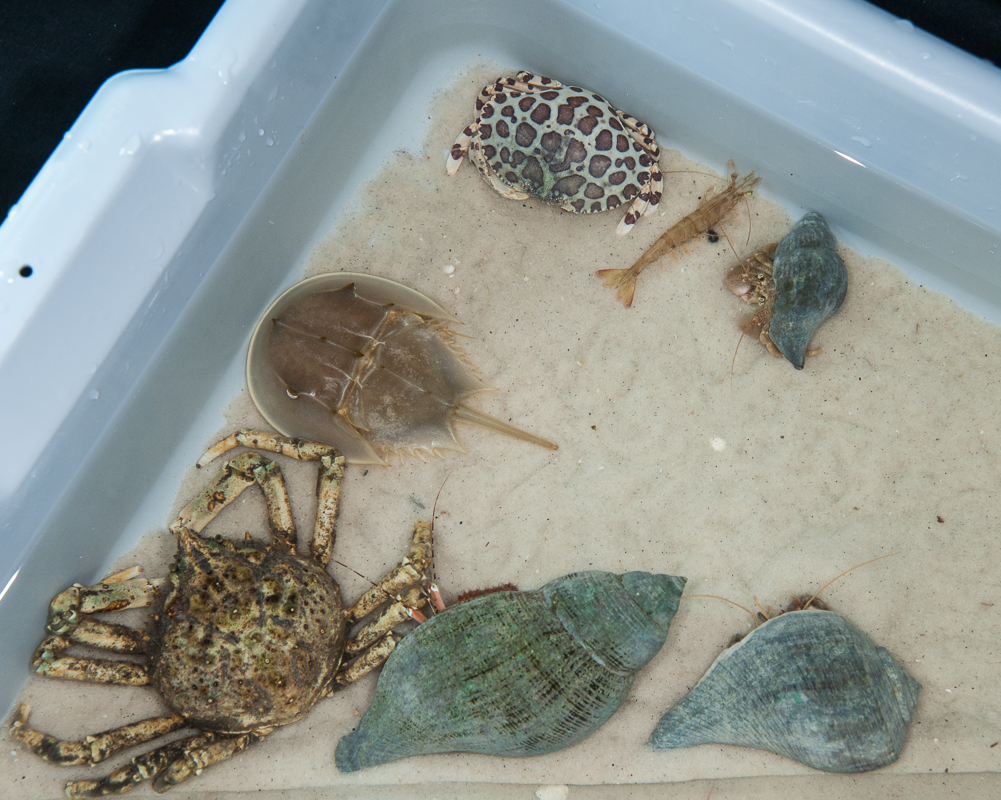
$135.00 – $270.00
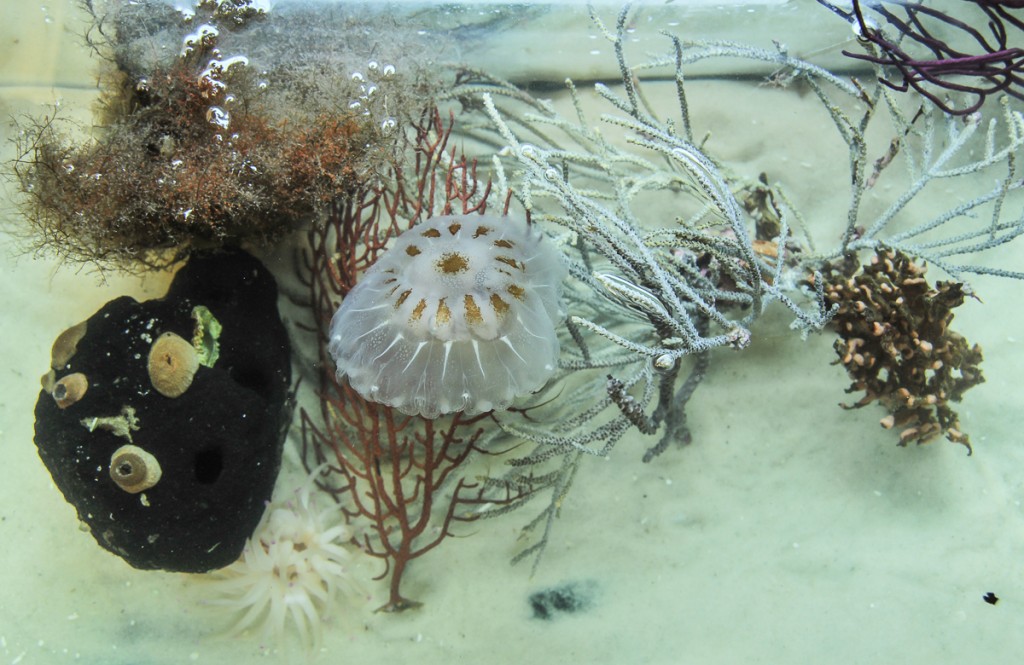
$135.00 – $270.00
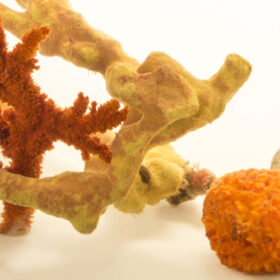
- Included are chitons, clams, mussels, whelks, snails, and nudibranchs. When abundant, scaphopods and/or frilled sea hares may be included.
$135.00 – $270.00
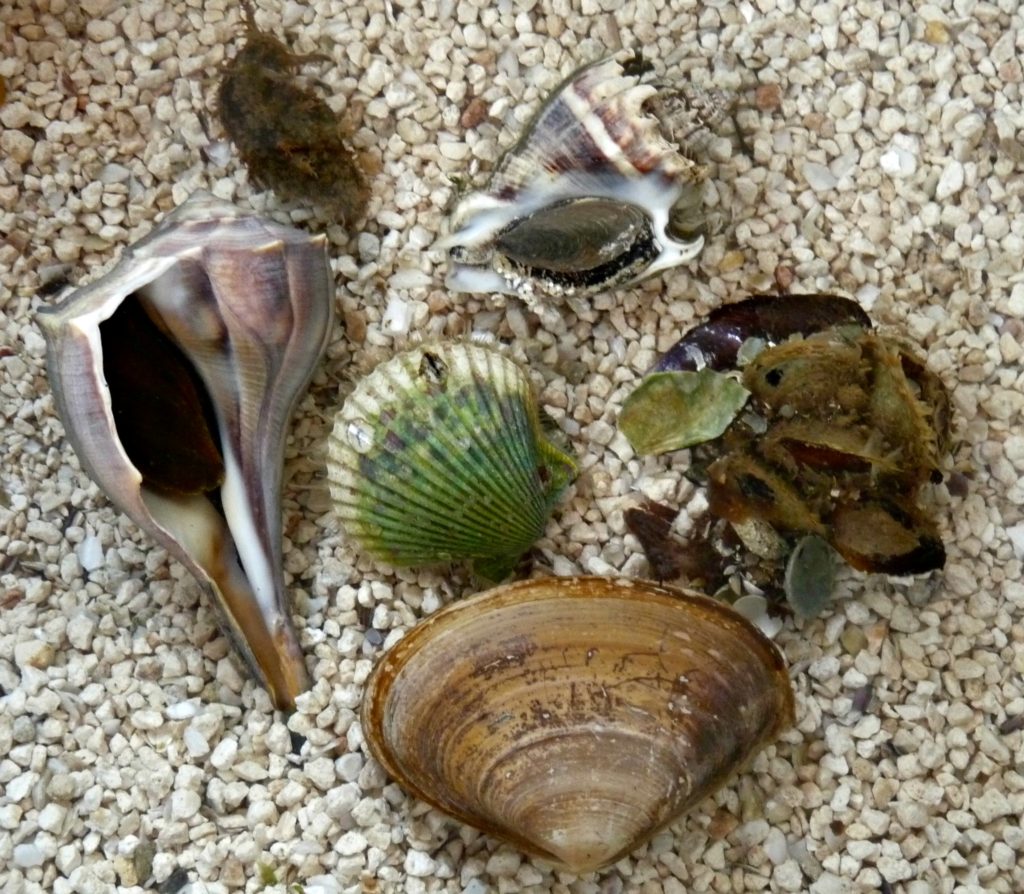
$99.00 – $129.50
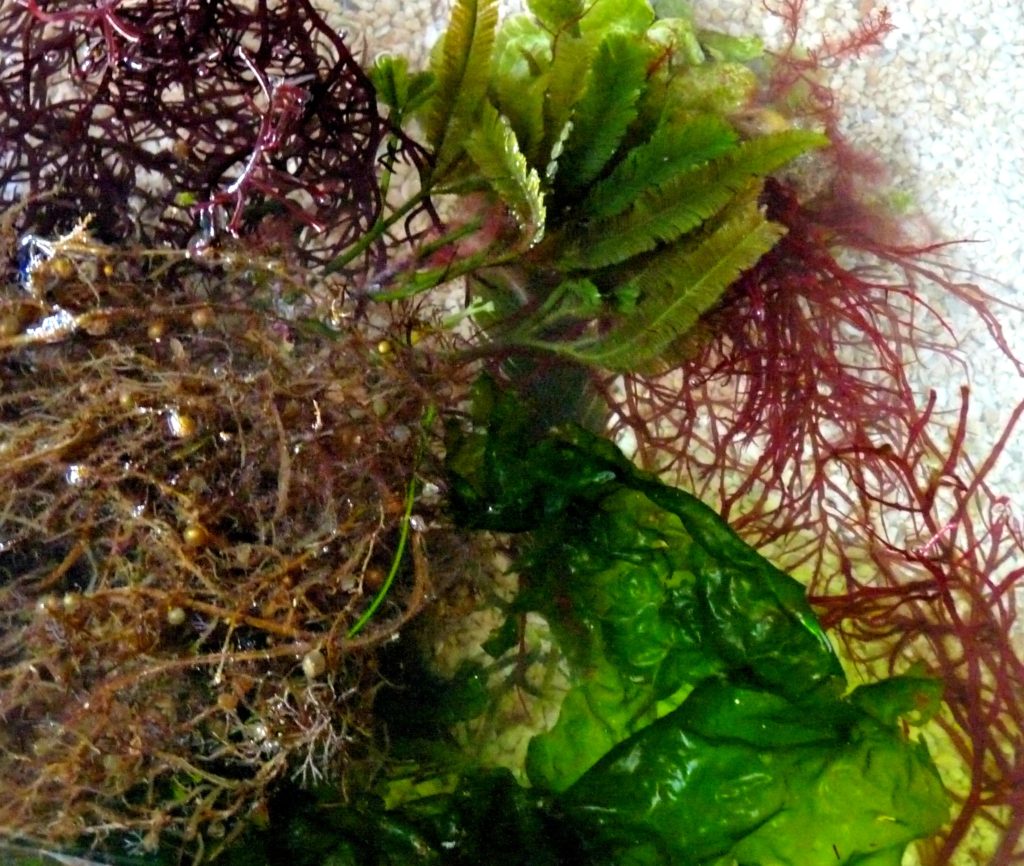
$135.00 – $216.50
$135.00 – $191.00
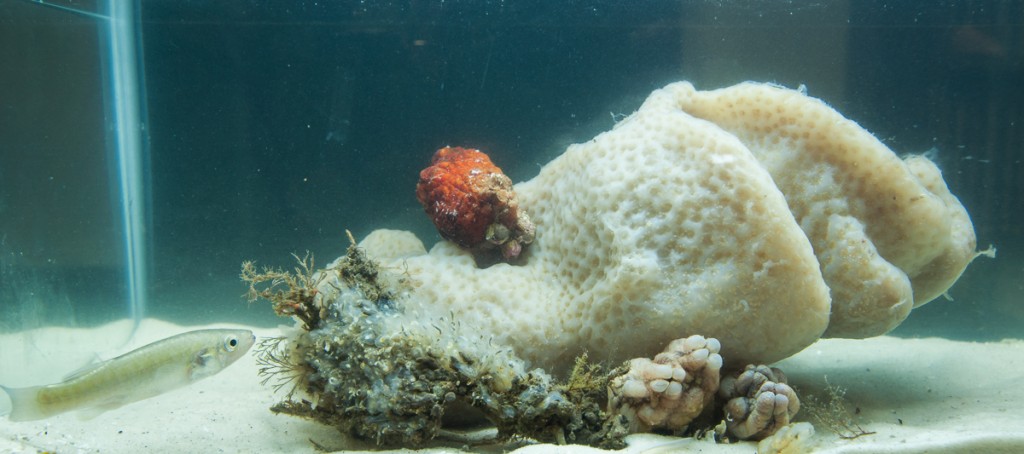
$135.00 – $270.00
Arius felis
Each Dozzen small ---123
Each Dozzen small ---123
Each Dozzen small ---123
Each Dozzen small ---123
$22.50
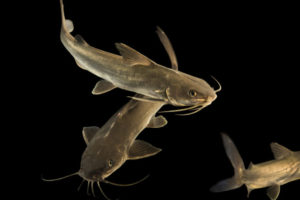
Hardhead sea catfish (Arius felis)
Spheroides nephelus
$25.50
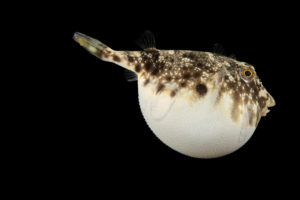
Southern puffer (Spheroides nephelus)
Lactophrys tricornis
$25.50
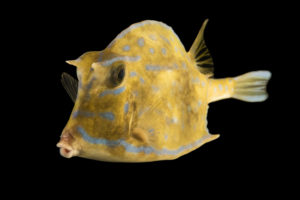
A cowfish (Lactophrys tricornis)
Balistes capriscus
$80.50
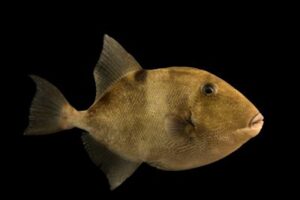
Grey triggerfish (Balistes capriscus) at Gulf Specimen Marine Lab and Aquarium.
Monacanthus hispidus
$13.00 – $17.00
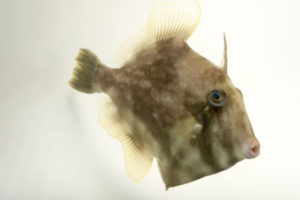
Gobiesox strumosus
$24.50
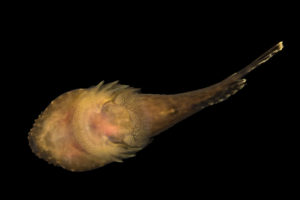
Clingfish or skilletfish (Gobiesox strumosus)
Symphurus plagiusa
$20.00

Trinectes maculatus
$22.50
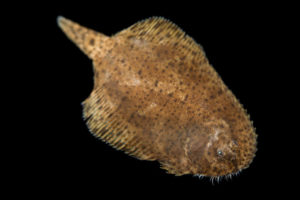
Hogchoker (Trinectes maculatus)
Paralichthys oblongus
$22.50
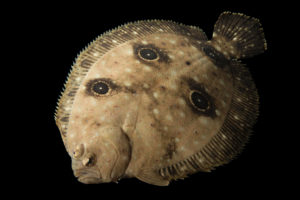
Four-spotted flounder (Paralichthys oblongus)
Paralichthys albigutta
$21.50 – $34.50
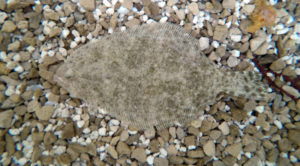
Mugil cephalus.
$22.50
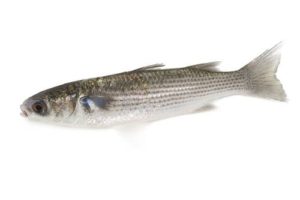
Serranus subligarius
$31.50
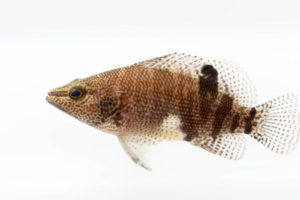
Belted sandfish (Serranus subligarius)
Chasmodes saburrae and other species
$17.00
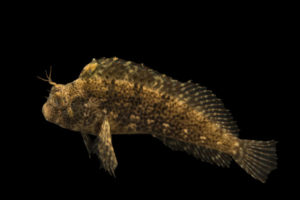
Feather blennie (Hypsoblennius henzi)
Halichoeres bivittatus
$17.50
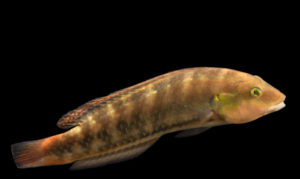
Green wrasse (Halichoeres bivittatus) at Gulf Specimen Marine Lab in Panacea, FL.
Prionotus scitulus, P. tribulus
$25.50
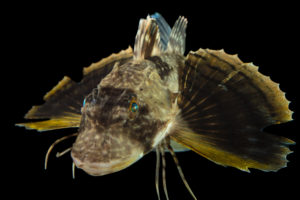
Bighead searobin (Prionotus tribulus)
Scorpaena brasiliensis
$29.00
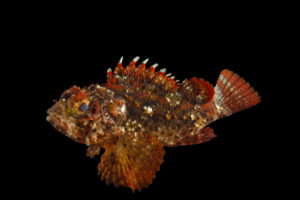
A scorpionfish (Scorpaena brasiliensis)
Chaetodipterus faber
$45.00 – $56.50
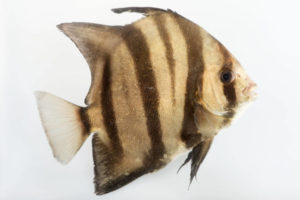
Atlantic spadefish (Chaetodipterus faber)
Diplodus holbrookii
$14.00

Lagodon rhomboides
$14.00

Lagodon rhomboides
$135.00 – $270.00
